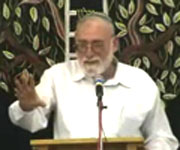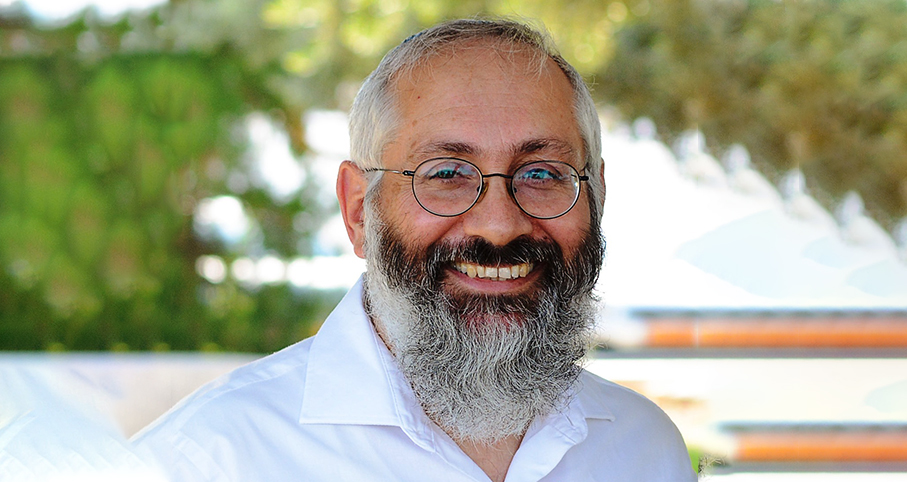Beit Midrash
- Sections
- Chemdat Yamim
- Parashat Hashavua
- Torah Portion and Tanach
- D'varim
- Ki Tetze
Another surprising linguistic phenomenon in this section is that the last pasuk of the set on hashavat aveida is an apparent repetition of "do not turn a blind eye." It is likely that Chazal understood (and this is the way the Sefer Hachinuch, among others, lists the mitzvot) that the second appearance is the negative commandment. As a result, the first appearance can be used for the nuanced idea that there are times not to ignore the lost object and times to ignore it. There may be a hint from the proximity of sections as well. The Torah previously teaches the mitzva of burial. Rav Hirsch says the mitzvot are connected because burial is, in a way, the returning of a lost object (the body), which was separated from its master (the person’s soul) and needs to be handled properly. One can also connect the mitzvot in a related but different way. One of the main sources for the concept of making halachic accommodations due to human dignity refers to special halachic allowances needed to bury (e.g., for a kohen) when he is uniquely needed to do so due to the dignity of the deceased. The next pasuk would then continue the theme – hashavat aveida can also be waived to preserve the finder’s dignity.
One of the differences between the two examples of human dignity is that regarding burial one is obligated to be concerned about another’s dignity (the deceased). In contrast, the finder is allowed to exempt himself if he feels that the situation is such that if it were his animal he would not shlep it through the streets. However, such people are encouraged to follow the example of Rabbi Yishmael ben Rabbi Yossi who returned a lost object despite his exemption (Bava Metzia 30b). The gemara continues to stress the importance of going beyond the letter of the law and concludes that the Second Temple was destroyed because of people’s unwillingness to do so.
Rav Hirsch suggests that the idea of the hashavat aveida exemption is hinted at with the connection of "do not see … and turn a blind eye." In other words, you can’t look and ignore. However, when one looks carefully, sees the whole picture, and realizes that hashavat aveida is not called for, he has the right to do so. However, when looks at the picture, he fully has to look at the whole picture and determine not only when the mitzva must be fulfilled as opposed to when there is an exemption, but also when it is appropriate to apply the exemption and when it is proper to push oneself and forego the exemption.

Parashat Hashavua: “Kings Will Descend from You”
Rabbi Yossef Carmel | Kislev 5786

Parashat Hashavua: “All Creation Will Know” – part IV
Rabbi Yossef Carmel | Elul 5785

Parashat Hashavua: The Symbolism of Mashiv Haruach U’morid Hageshem
Rabbi Yossef Carmel | Tishrei 5786

Giving More Than You Have?
Rabbi Yossef Carmel | 20 Cheshvan 5767

Rabbi Daniel Mann

Obtaining Arba’ah Minim for the Sukkot after Shemitta
Tisheri 7 5776

Davening Early on Shavuot
Iyar 26 5777

Standing for Parents in our Times
5775






















